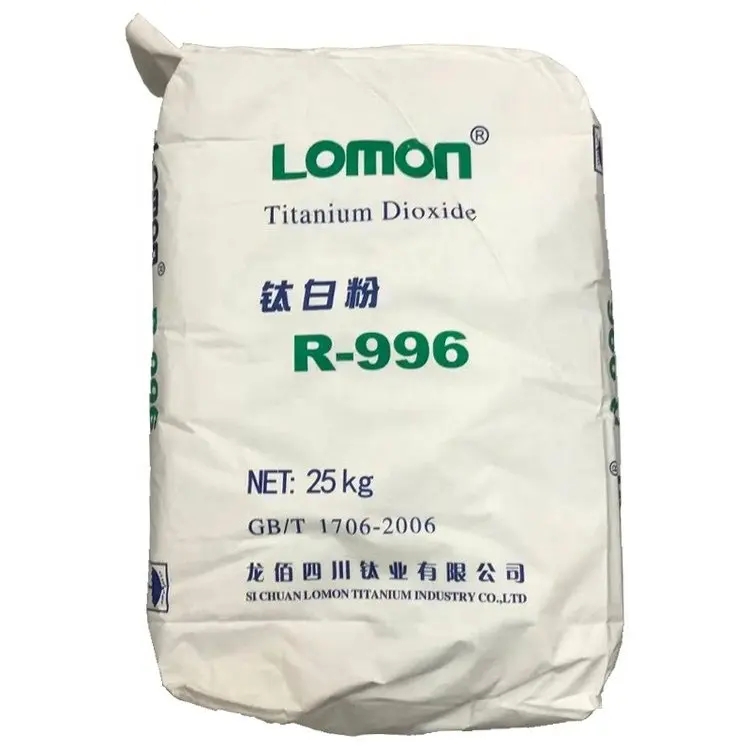
Jul . 27, 2024 19:16 Back to list
Exploring the Applications and Benefits of Lithopone in Various Industries and Technologies Today
Lithopone An Overview of Its Composition and Applications
Lithopone, a white pigment recognized for its exceptional covering power and durability, has found its way into a multitude of applications. Its chemical composition primarily involves a combination of zinc sulfide (ZnS) and barium sulfate (BaSO4), which together create a pigment that is often favored over traditional titanium dioxide due to its unique properties. Lithopone was first developed in the late 19th century and quickly became popular in various industrial applications, particularly in paints, coatings, and plastics.
The primary component, zinc sulfide, contributes to the pigment’s brightness and opacity. When mixed with barium sulfate, which acts as a filler and enhances the pigment's stability, lithopone becomes an ideal choice for a variety of applications. One of its most sought-after qualities is its ability to scatter light effectively, making it an excellent white pigment that can improve the visual appeal of products.
Lithopone An Overview of Its Composition and Applications
Moreover, lithopone does not exhibit the same level of toxicity as some traditional pigments, making it a more environmentally friendly option. This characteristic has made it increasingly popular among manufacturers seeking sustainable alternatives without compromising on performance. With the growing trend toward eco-friendly products, lithopone's market demand is likely to increase.
lithopone 30

In addition to paints, lithopone is used in the plastics industry, where it provides color and opacity to various products. It is commonly found in PVC and other polymer formulations, enhancing the aesthetic quality of these materials. The addition of lithopone not only improves the opacity of plastics but also contributes to their durability, making them suitable for outdoor applications that would otherwise be susceptible to UV degradation.
Lithopone's application extends beyond paints and plastics; it is found in rubber, textiles, and even cosmetics. In rubber manufacturing, lithopone enhances color and helps improve the elasticity of the final product. In textiles, it serves as a white pigment for dyes, providing excellent lightfastness that ensures vibrant colors remain intact over time. Similarly, in cosmetics, lithopone is included in formulations for its pigmenting properties, contributing to the white color in products like sunscreen and foundation.
Despite its many advantages, the production and use of lithopone are not without challenges. The synthesis of lithopone requires careful control of conditions to ensure the right balance between its components. Additionally, while it can be an ideal replacement for more toxic pigments, the availability of cheaper alternatives such as titanium dioxide can limit its market share.
In conclusion, lithopone is a versatile, cost-effective, and environmentally friendly white pigment with a wide range of applications across different industries. Its unique composition enables it to provide excellent opacity, durability, and stability, making it a preferred choice for manufacturers aiming for high-quality products. As the demand for sustainable and non-toxic materials continues to grow, lithopone stands out as an increasingly viable option in the world of industrial pigments. With ongoing advancements in technology and manufacturing processes, the future looks promising for lithopone as it adapts to meet the evolving needs of various sectors.
-
Premium 6618 Titanium Dioxide for GPT-4 Turbo Applications
NewsJul.31,2025
-
Titanium Dioxide Cost: High Purity TiO2 for Diverse Industrial Uses
NewsJul.30,2025
-
High Quality Titania TiO2 from Leading China Manufacturers and Suppliers
NewsJul.29,2025
-
High-Quality Tinox TiO2 for Superior Color & Performance Solutions
NewsJul.29,2025
-
High Quality Titania TiO2 from Leading China Supplier & Manufacturer
NewsJul.29,2025
-
High-Performance r6618 TiO2 for Superior Whitening and Versatility
NewsJul.28,2025
